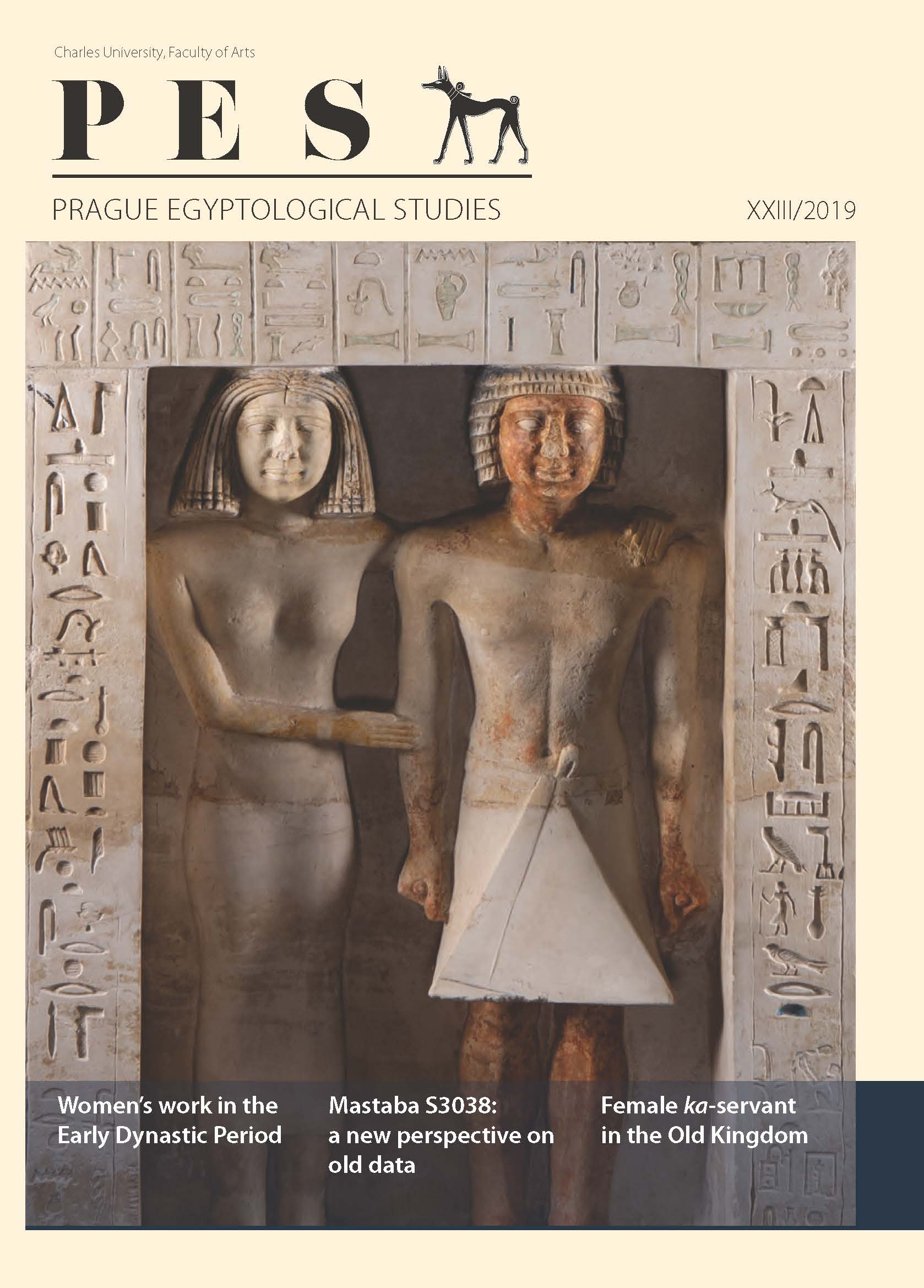Functional copper objects and models in funerary context during the Early Dynastic Period
Functional copper objects and models in funerary context during the Early Dynastic Period
Author(s): Bastien SégalasSubject(s): History, Archaeology, Ancient World, Theology and Religion
Published by: Univerzita Karlova v Praze - Filozofická fakulta, Vydavatelství
Keywords: Early Dynastic – copper – models – symbolism
Summary/Abstract: Ever since the discovery of the Predynastic in 1895 by William Matthew Flinders Petrie and James Edward Quibell, greatnumbers of copper objects have been discovered (fig. 1). However, the study of these objects has been confined to eithertypological or metallurgical analyses, with seemingly no credence paid to their symbolic aspects (Anfinset 2010; Hassanet al. 2015; Kmošek et al. 2018; Rademakers et al. 2018; Rehren – Pernicka 2014). By combining archaeological and textualdata, it is possible today to partly reconstruct the symbolism behind the use of copper objects in funerary context. The aimof this research is to highlight a phenomenon which took place during the transition between the First and the SecondDynasty: the change of the status of copper artefacts found in the tombs. It is possible to see that the size of the objects, andtheir functionality, changed greatly during this time. Diverse explanations for the phenomenon will be reviewed and a newexplanation will be given thanks to a more detailed study of the artefacts and the general context of that time.
Journal: Pražské egyptologické studie
- Issue Year: 2019
- Issue No: 23
- Page Range: 132-151
- Page Count: 20
- Language: English

